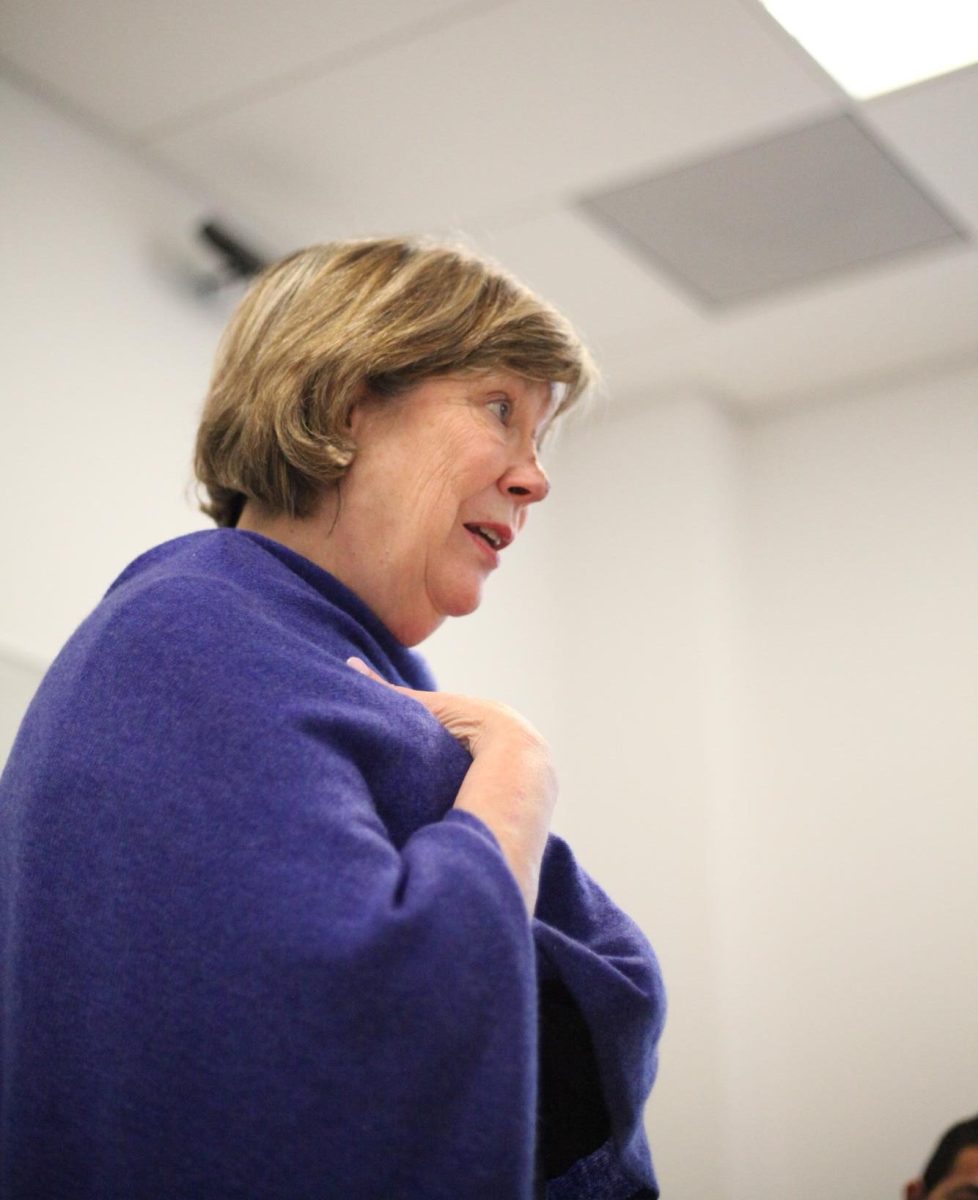As reported rapes have been increasing exponentially across the United States, new programs have been started to raise awareness as well as teach women and men what to do to avoid being sexually preyed on. According to a new study, more than 3.3 million American women between the ages 18 and 44 reported being raped the first time they had sex. That is an insane number that screams for something to be done.
Sonoma State University has done their best in bringing awareness with programs such as “It’s a Guy Thing,” “March for Consent” and there always is the Office for the Prevention of Harassment and Discrimination, formally known as Title IX. “It’s a Guy Thing” is a new approach at preventing sexual assault where all genders are welcome and casual conversation about what it is like to be a man. There has only been one meeting thus far for the group, but it was a success. Junior Oscar Urbina said, “I want to make sure all guys, including myself, are held accountable for all of our actions and follow through with our responsibilities, this event seems like a perfect place to talk about it.” The “March for Consent” is similar to the other ways to spread awareness about sexual assault, but is the first time it has happened here at Sonoma State.
Measures are being taken to improve this campus-wide issue, but much more work is still ahead.
As the Sonoma State administration is doing a good job trying to keep the campus as safe as possible, one aspect the school that has continually neglected is the lack of proper lighting around the entire campus. Around the most populated parts of campus lighting is not an issue, but near the lakes and by the athletic fields there is a complete absence of illumination. The lighting problem has already come back to bite the university early in this semester, as there was a reported rape by the lakes late at night on Sept. 5. Lighting does not always stop crime, but having a well-lit area causes people to worry more about getting caught and may persuade them to not commit the crime.
Another seemingly easy solution is to increase the number of Emergency Call boxes. Sonoma State has some around campus in the main areas, but there are few in the fringe areas surrounding the campus . When using the Emergency Call Boxes, the call will go directly to the camps Police Station and will give the police the location of where the call came from. Some universities have upwards of 100 while Sonoma State has 35. Adding more Emergency call boxes would be a little expensive, but everybody would agree losing the 600 dollars it costs to install one in is less important than allowing another person to be sexually assaulted.
“I CAN HELP” is another new program, but the school is planning on many more over the next two years. Campus-wide bystander intervention training will begin in the coming years, along with a revamped health center.
During next semester there will be enhanced safety training for members in greek life. Numerous studies have shown that men are three times more likely to rape if they are in a fraternity and women in sororities are 74 percent more likely to be raped. Developing new and improved training for greek life members is a great way to try and prevent sexual assaults from occurring. Sonoma State also plans on sending out a Safety Service Newsletter every week or so.
Plans are in place for the future, but people who have been sexually assaulted will say the plans should have been in place years ago.
A former Sonoma State student who had been sexually assaulted said, “Consent is nothing.” She hopes universities not only teach women how to defend themselves but go to the root of the problem and show the men not to rape. That does not seem entirely possible, but getting to the heart of the problem is always the best way to prevent it from happening again.


































